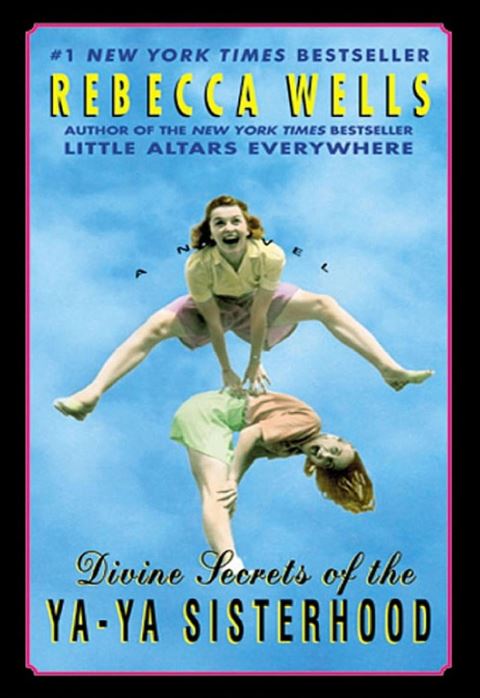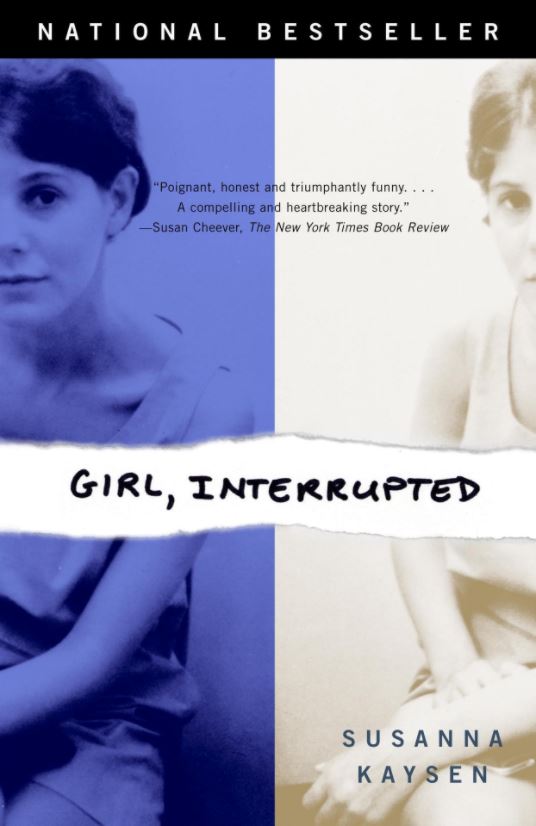Recently digitized materials shed light on lost silent film
Tod Browning‘s (1880-1962) 1927 silent horror film London After Midnight has been considered lost to history since 1965, when a fire at Metro-Goldwyn-Mayer’s Vault 7 destroyed the final known copy of the movie, along with numerous other titles stored on highly flammable nitrate film reels. London After Midnight starred Leonidas Frank “Lon” Chaney (1883-1930) as Edward C. Burke, a Scotland Yard inspector who is eventually revealed to be the villainous Man in the Beaver Hat. While various stills and ephemera survive, London After Midnight remains the most sought-after lost film of the silent era. The film’s lost status has not detracted from its significant cultural impact, as is evinced in films like The Babadook (2014), whose eponymous monster is based on the villain in Browning’s film.
Materials recently added to the Villanova Digital Library offer insight into the presentation and reception of this film in our area. A review was published on Tuesday, February 7, 1928, in the Public Ledger, Philadelphia’s premier daily newspaper in the early twentieth century. The newspaper issue, along with other titles published in 1928, entered the public domain at the beginning of 2024. A microfilm copy has been preserved on the Villanova Digital Library. The article reads thus:
STANLEY—The realm of the unnatural, with its objects unreal—spooks, ghosts, goblins, bats and vampires—rules supreme here in dusty, cobwebbed domains and eerie, mysterious moonlight. Everything is spooky, witches are around every corner, from the comedy in which the dusky Farina battles with the departed spirits to the murder mystery of the main feature.
Those old reliables, Lon Chaney and Tod Browning, the director, are at it again with one of their spookiest and spine-twitching melodramas, “London After Midnight.” It shows the solution of a murder, with Lon Chaney in the part of Burke, a Scotland Yard detective. But it is no ordinary solution, for few of the material forces are called in to solve the clews. Instead, there is the moon-eyed man, an old, tottering reminder of Phantom of the Opera, gruesome and weird, with a chattering smile upon its distorted features—and yes, it may be Lon Chaney, that black bat there in the corner with the luminous eyes—but we’re not telling. Chaney taps a new character as a detective, with very little make-up—but a perfect portrayal. So excellent, is his work, that one almost regrets that he was not cast in a strongly molded, logical detective yarn of the caliber of the famous Sherlock Holmes. In the supporting cast are Conrad Nagel, Marceline Day and Henry B. Walthall to add surprise.
An offering which will doubtless draw many theatre fans is presented by Donal [sic] Brian, a famous musical comedy star in his first appearance in a picture theatre. His ingratiating personality, and smooth, easy manner register nicely in the all-too-brief period assigned to him and he leaves some twinkling tunes, culled in most part from former successes, and just a few stories. Mention should be made of the dance offering done in splendid spook style to introduce the picture. It is “Dance Macabre,” by Saint-Saens.
It seems that London After Midnight played during the week of February 6, 1928, at Philadelphia’s Stanley Theatre. This theater, which existed from 1921 to 1970 on 1902-10 Market Street, showed silent films accompanied by a 55-piece orchestra. It was a popular venue that attracted celebrities of the day, such as Frank Sinatra and Abbott & Costello. (Al Capone was even arrested there the year after the premiere of London After Midnight.) It was one of two major venues in Philadelphia to show horror films, including Browning’s most famous work: Dracula (1931) starring Bela Lugosi (1882-1956), which is available in DVD format at Falvey Library. According to the 1928 Public Ledger article, as well as this article published on the same day in The Philadelphia Inquirer, the screening of London After Midnight at the Stanley Theatre was introduced by Broadway star Donald Brian (1877-1948), who performed excerpts from his previous roles.
The following month, the film would be shown at another local theater. An advertisement in The Suburban and Wayne Times, published on March 23, 1928, informs us that London After Midnight played at Bryn Mawr’s Seville Theatre from March 26 to March 28. Decades later, the Seville Theatre would become the Bryn Mawr Film Institute, which still operates in the same historic building that has stood since 1926. As numerous advertisements in The Suburban and Wayne Times attest, the Seville Theatre regularly showed films starring Lon Chaney during the 1920s, including The Phantom of the Opera (1925), which is compared to London After Midnight in the aforementioned Public Ledger article.
- Lon Chaney in London After Midnight. Via Wikimedia Commons. Image in the Public Domain.
- Lon Chaney in Phantom of the Opera. Via Wikimedia Commons. Image in the Public Domain.
Browning eventually remade London After Midnight as a “talkie” starring Lugosi, titled Mark of the Vampire (1935). In 2003, Turner Classic Movies released a reconstruction of the 1927 film using extant stills as part of the Lon Chaney Collection, available through inter-library loan. Nonetheless, decades after the MGM Vault 7 fire, Browning’s original film remains lost. It was screened in at least two theaters in our area, and one of these showings included a live performance by a major Broadway star of the day. London After Midnight was commercially successful and remains culturally significant, but that did not stop it from disappearing. The afterlife of this film demonstrates how easily cultural production can become lost to history. It speaks to a larger need for preservation, especially preservation of media whose storage and access are dependent on ever-evolving technologies like film.







 Kallie Stahl ’17 MA is Communication and Marketing Specialist at Falvey Library. Some of her favorite Barbie dolls of the 90’s: Bead Blast Barbie Doll, Olympic Gymnast Barbie Doll, Movin’ Groovin’ Barbie Doll, and Dorothy Barbie Doll (The Wizard of Oz).
Kallie Stahl ’17 MA is Communication and Marketing Specialist at Falvey Library. Some of her favorite Barbie dolls of the 90’s: Bead Blast Barbie Doll, Olympic Gymnast Barbie Doll, Movin’ Groovin’ Barbie Doll, and Dorothy Barbie Doll (The Wizard of Oz). 
 This is the last Flip or Flick by Allie Reczek ’22 CLAS. She graduated with a BA in Psychology from Villanova University. Congratulations, Allie! Falvey Library wishes you all the best in your future endeavors. Rebecca Wells’ novel Divine Secrets of the Ya-Ya Sisterhood was published 26 years ago on May 22, 1996.
This is the last Flip or Flick by Allie Reczek ’22 CLAS. She graduated with a BA in Psychology from Villanova University. Congratulations, Allie! Falvey Library wishes you all the best in your future endeavors. Rebecca Wells’ novel Divine Secrets of the Ya-Ya Sisterhood was published 26 years ago on May 22, 1996.


 Susan Turkel is a Social Sciences Librarian at Falvey Memorial Library.
Susan Turkel is a Social Sciences Librarian at Falvey Memorial Library.